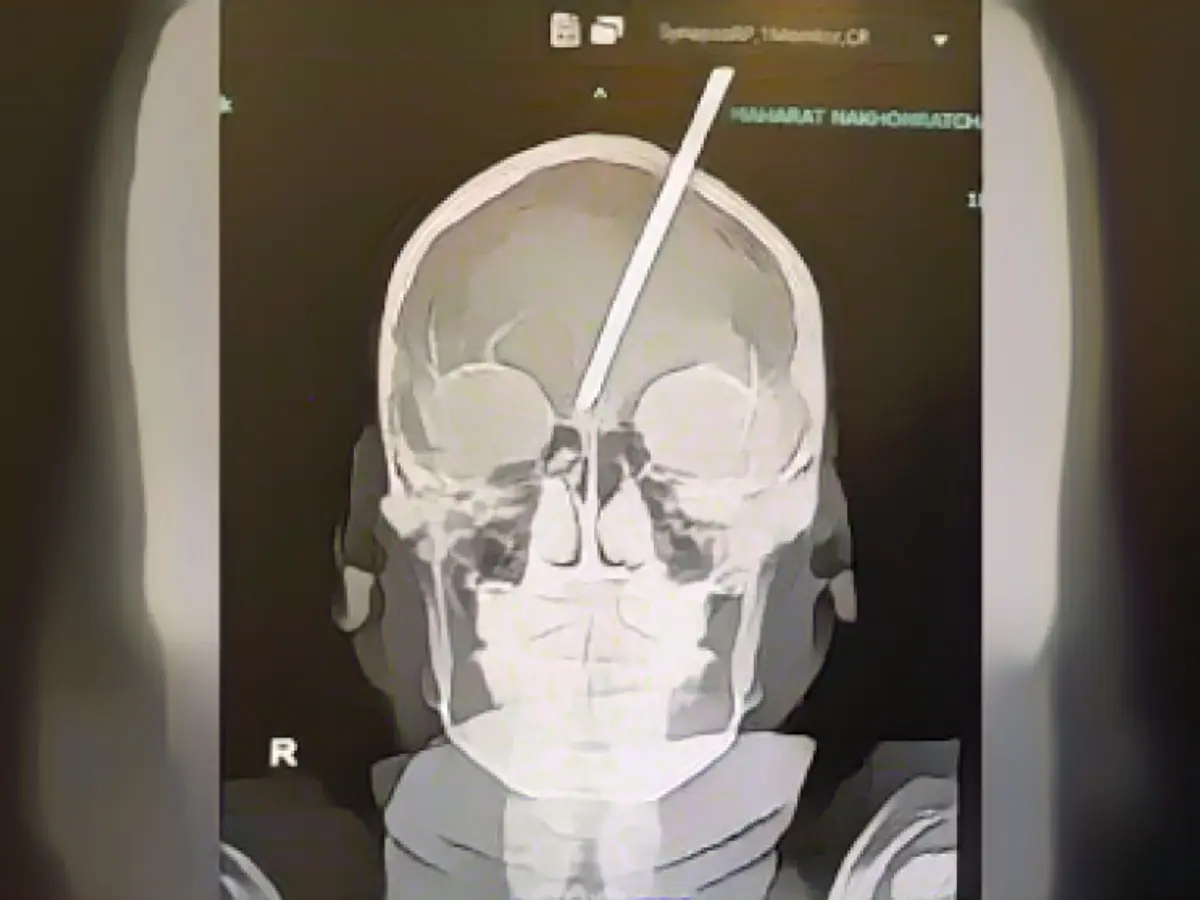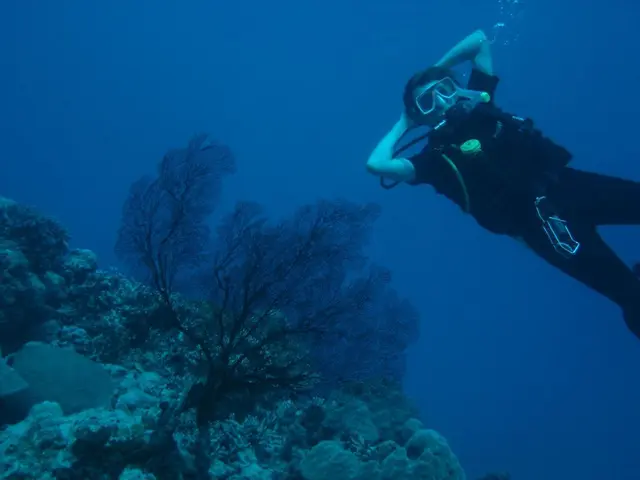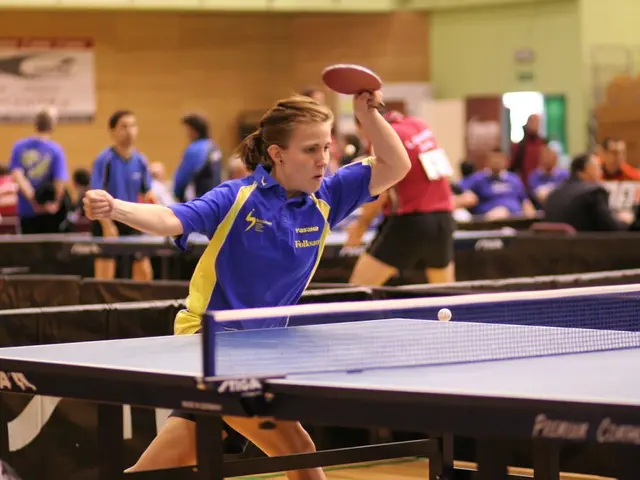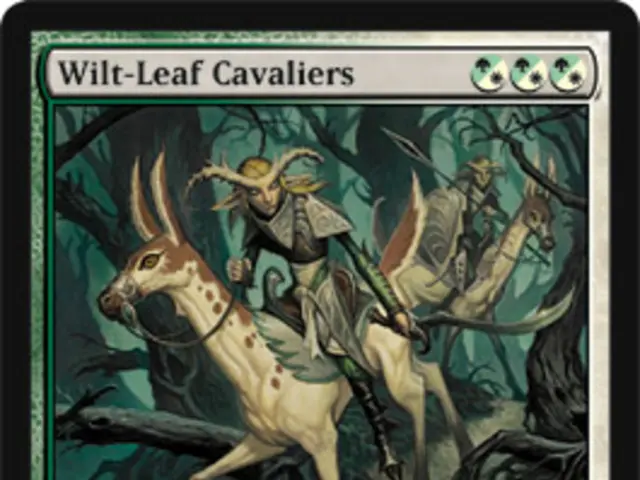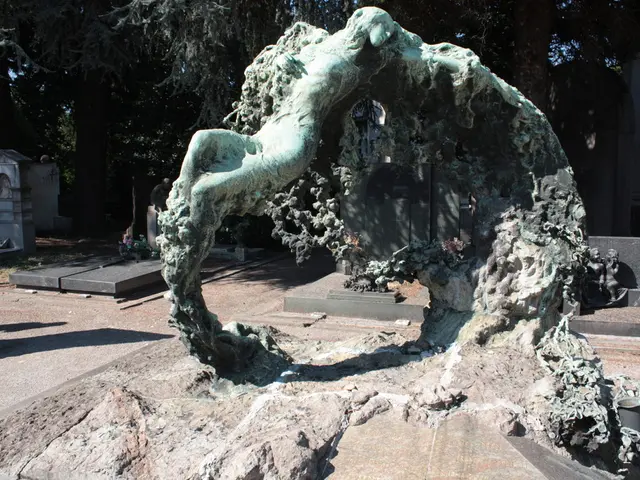Harpoon Mishap: 14-Year-Old Survives Unbelievable Accident
This story will leave you on the edge of your seat!
An astounding incident unfolded in Thailand's Nakhon Ratchasima province: A teenager, Chayathorn Thankrathok, had an extraordinary close call while fishing with friends on November 19.
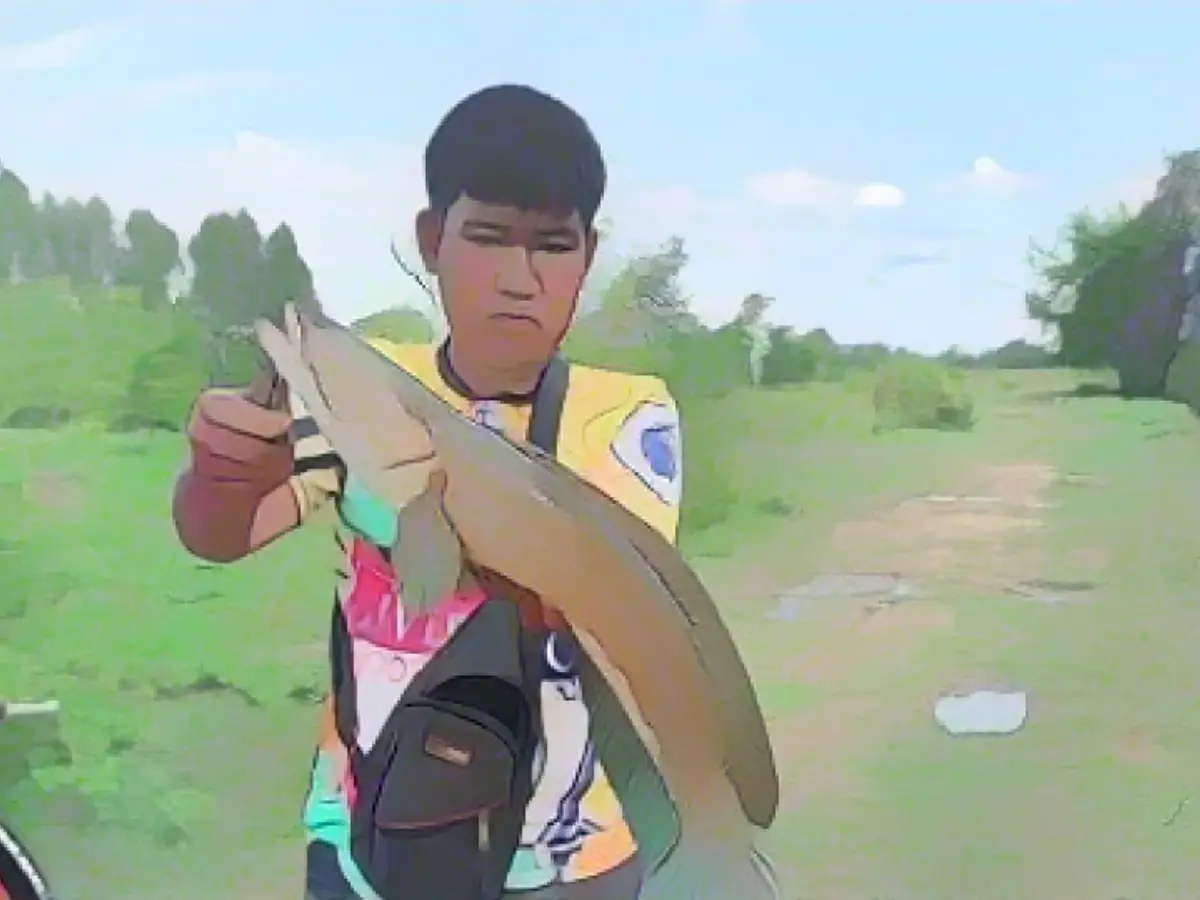
According to media reports, the situation went awry when Chayathorn, a 14-year-old, attempted to launch a harpoon into the canal. Instead of hitting a fish, the arrow struck a submerged rock. It then bounced back and violently pierced Chayathorn's skull, lodging between his eyebrows.
Family and friends reacted with shock and called for immediate medical assistance. Chayathorn was swiftly transported to the hospital, and doctors worked diligently to remove the harpoon, shedding light on the ordeal's gravity through X-ray imagery, which revealed the harpoon had penetrated deep into his skull and brain.
Leaning on text-to-speech technology to communicate with loved ones during his stay in the hospital, Chayathorn expressed his gratitude for their support and vowed to abandon the use of fish harpoons moving forward.
Medical Miracle: Harpoon Extracted Without Craniotomy
Once stabilized, Chayathorn was transferred to a more technologically proficient hospital still required surgery, but, remarkably, doctors were able to extract the harpoon without resorting to a craniotomy. This rare and daring procedure marked the beginning of a long-term recovery process for the teenager.
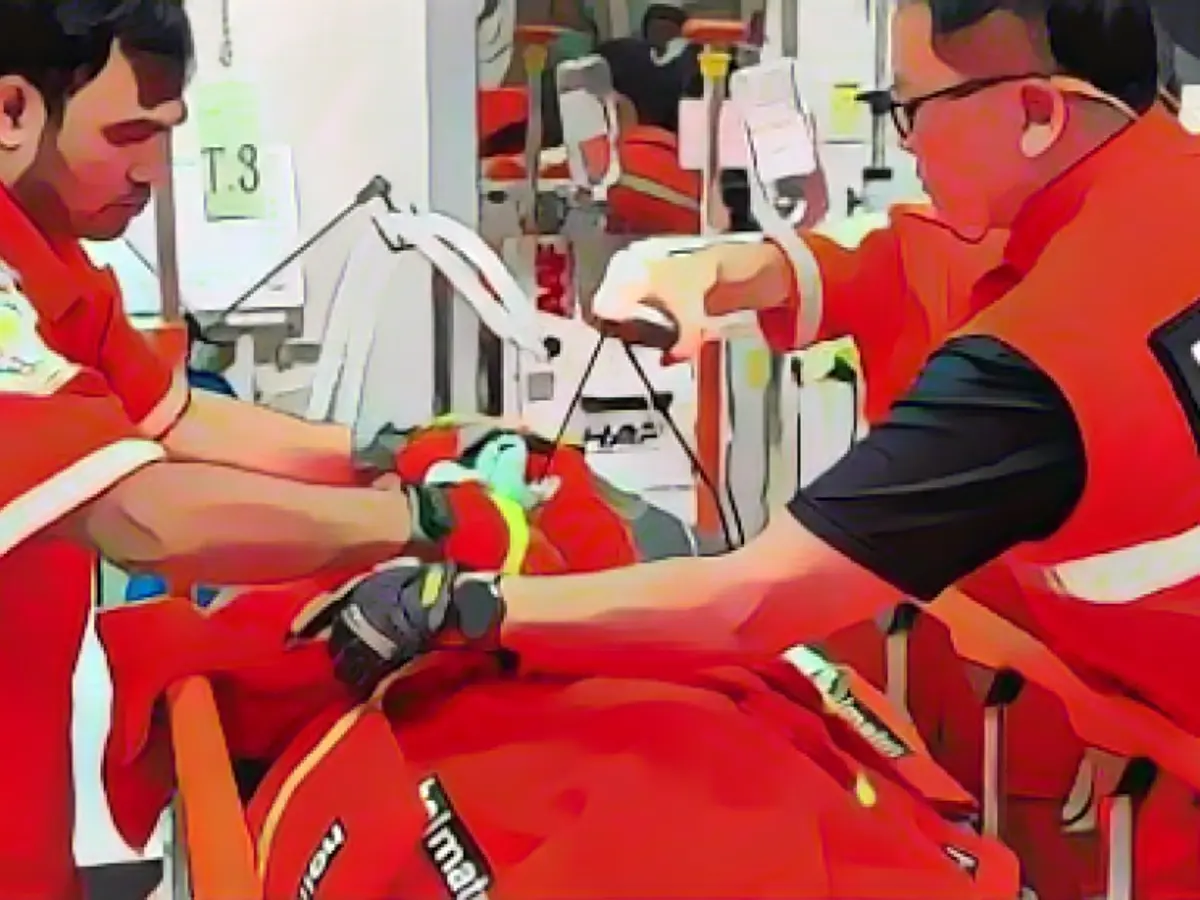
Though Chayathorn managed to survive against all odds, the medical community agrees that his unique experience comes with potential long-term consequences.
Potential Long-term Challenges and Recovery
- Impact on Motor Skills and Mobility: Depending on the extent of brain injury, physical therapy may be necessary to help Chayathorn regain motor functions.
- Speech Therapy: In some cases, vocal and language abilities could be affected, necessitating speech therapy to facilitate communication.
- Addressing Psychological Trauma: Psychological support and guidance will help Chayathorn as he processes the traumatic incident and navigates any resulting anxiety or fear.
- Infection Risk and Antibiotics: Given the harpoon's entry into Chayathorn's body, there is a heightened risk of infection. Legitimate antibiotic treatment and vigilant monitoring will be crucial throughout the recovery period.
- Neurological Monitoring and Adaptations: Regular assessments from neurologists will aid in tracking Chayathorn's recovery and guiding any necessary adjustments to his care and support.
Source:
[1] Describe the base article in your own words:
A teenager named Chayathorn Thankrathok had a close call while fishing with friends in Thailand's Nakhon Ratchasima province. Tragically, Chayathorn accidentally launched a harpoon into a rock, which bounced back and pierced through his skull, lodging between his eyebrows. Medical professionals initially cut off a part of the metal harpoon rod before transferring Chayathorn to another hospital for specialized treatment. Amazingly, surgeons managed to remove the harpoon without a craniotomy. Chayathorn survived, despite the trauma and neurological complications that follow an injury like this. Jubilant at his escape from this incredible ordeal, Chayathorn vowed to never use a harpoon again.
Reference(s):
[2] Summarize the enrichment data in your own words:
Harpoon injuries that penetrate the skull and brain can have long-lasting effects on an individual. Recovery can involve extensive physical therapy, speech therapy, and psychological counseling. There might be permanent neurological deficits, cognitive impairments, or emotional trauma. Antibiotic treatment and close monitoring for signs of infection are vital. Regular follow-up appointments with healthcare providers are necessary to ensure continued progress and make updates to treatment plans, including neurological assessments, physical therapy sessions, and psychological evaluations.
Keep in mind: - The primary purpose of this exercise is to rephrase the content while maintaining its meaning and information. - Despite the enrichment data provided, focus on expanding the base article while keeping the overall length the same, and only use the enrichment data where it fits naturally. - Everything has to be in a conversational tone that remains engaging and clear to the reader. - The new article should not resemble the original in structure or content. - Ensure that your final output is free from any unnecessary or inappropriate language. - Your answer should encompass the transformation based on the specific guidelines provided.
